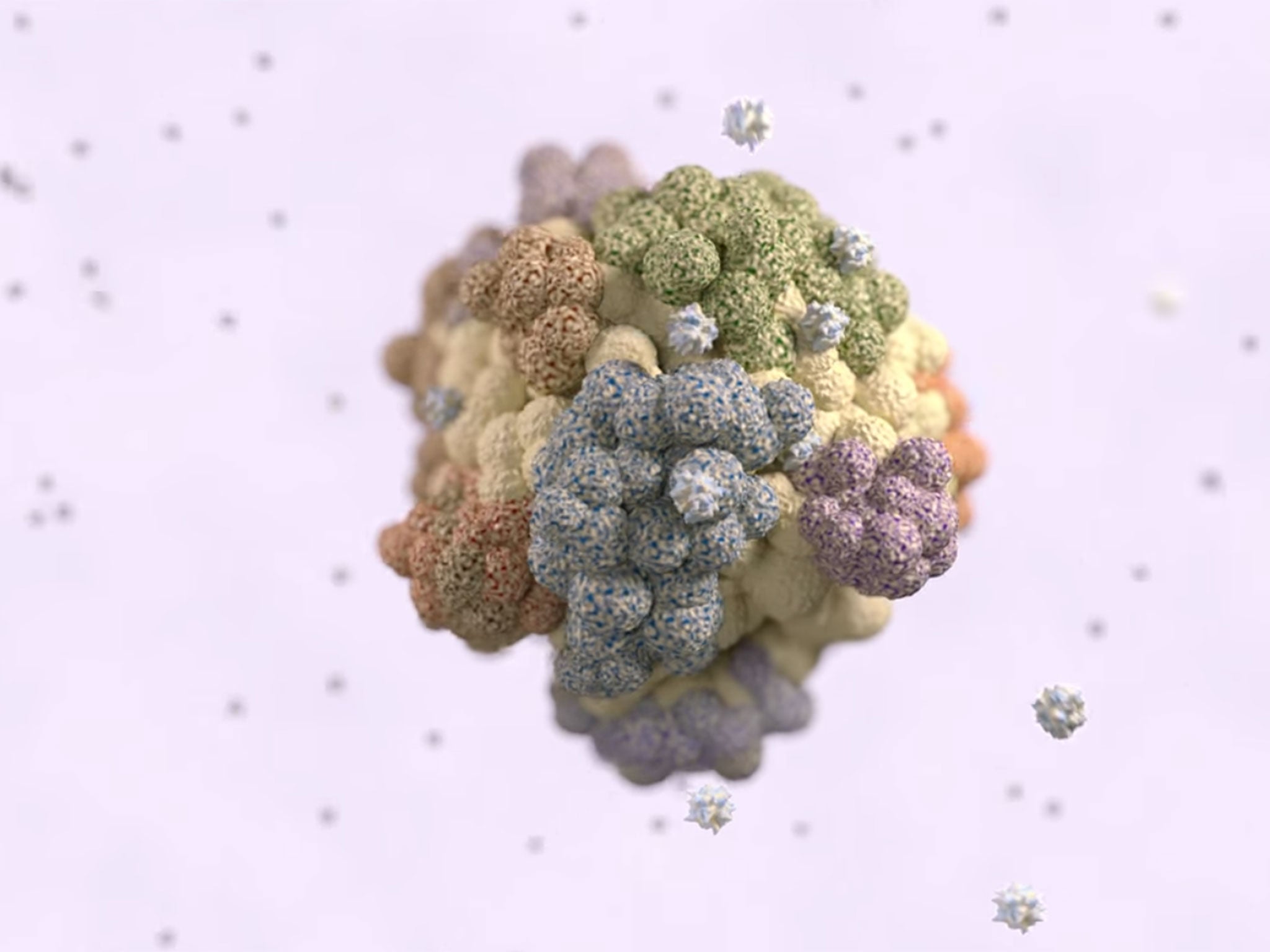This interactive map of the body explains what gives you cancer and where

There’s abundant advice out there on what you should or shouldn’t eat, drink, swallow, or stand next to, to avoid cancer. But it’s often lacking in evidence and the jumble of messages can be confusing.
This body map brings together the evidence on proven cancer causes. Using credible, scientific sources it answers questions about whether alcohol, red meat or sun exposure increase your cancer risk.
Cancer occurs when mutations in a cell’s DNA cause it to replicate without control, invading other tissues. Some cancer-causing mutations can be inherited; others induced, by infection with bacteria or viruses; or by environmental factors such as smoking, sun exposure and eating red meat.
This map’s focus is on induced factors. They are considered “modifiable” because avoiding them lessens your chance of cancer.
Choose your gender and click a risk factor to see which body area can be affected. Clicking the body region will show you how much engaging in risks such as drinking alcohol, taking the contraceptive pill, or eating pickled vegetables, will increase your chance of certain cancers.
When reading the map, keep in mind that every body and circumstance is unique; one risk factor cannot be considered in isolation when applied to a real life context.
Also remember the percentages portrayed are “relative risks” which are different to “absolute risks”. The difference is explained in this accompanying piece, which will help you understand what relative risk really means for your chances of getting cancer.
Emil Jeyaratnam, Multimedia Editor, The Conversation and Sasha Petrova, Researcher, Health and Medicine, The Conversation
This article was originally published on The Conversation. Read the original article.
Join our commenting forum
Join thought-provoking conversations, follow other Independent readers and see their replies
Comments